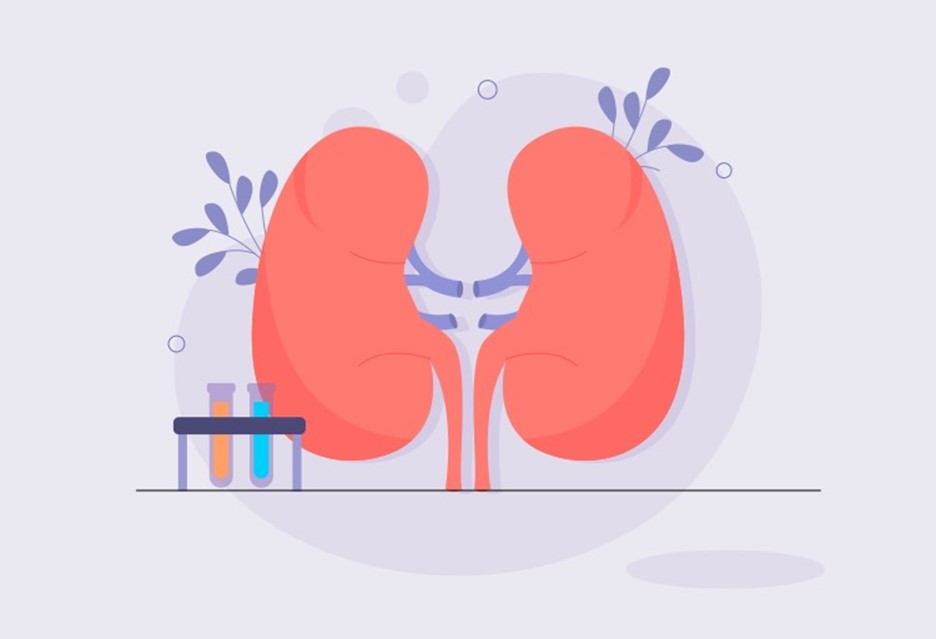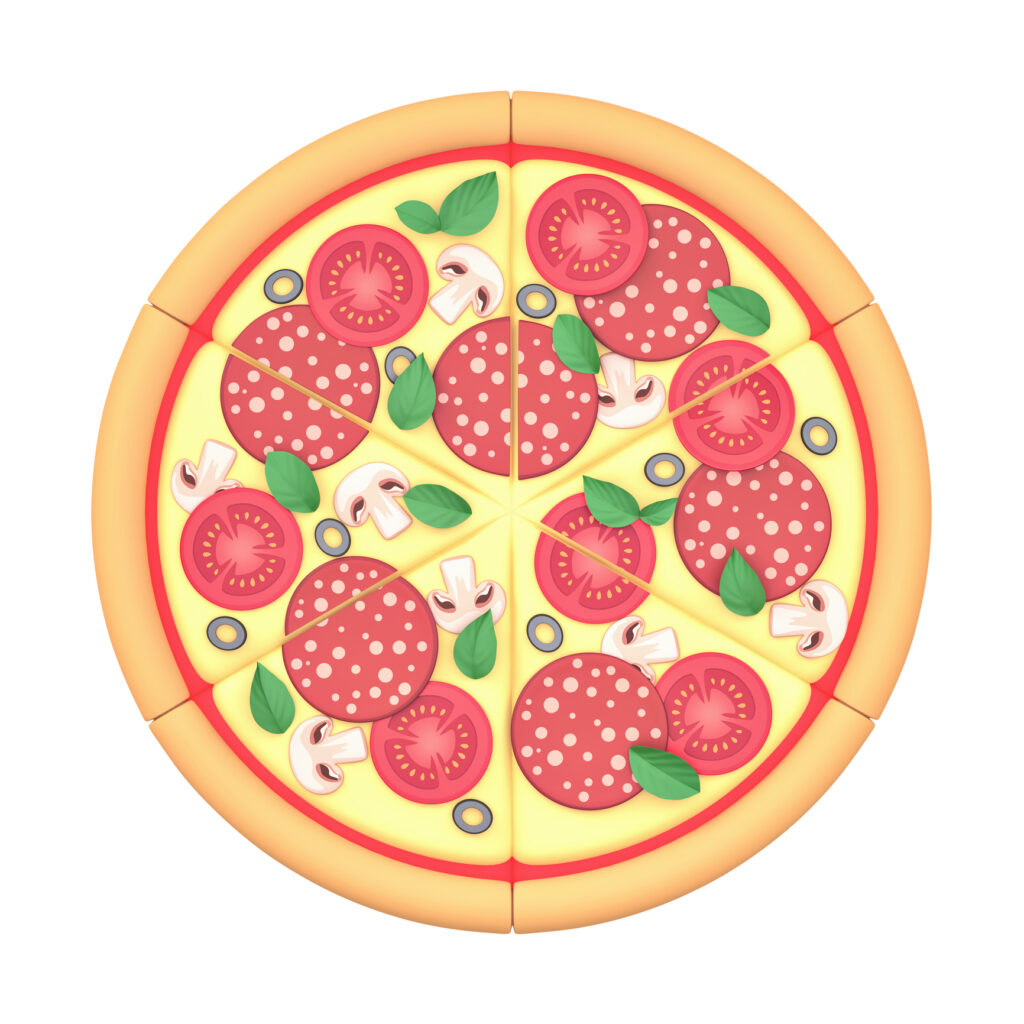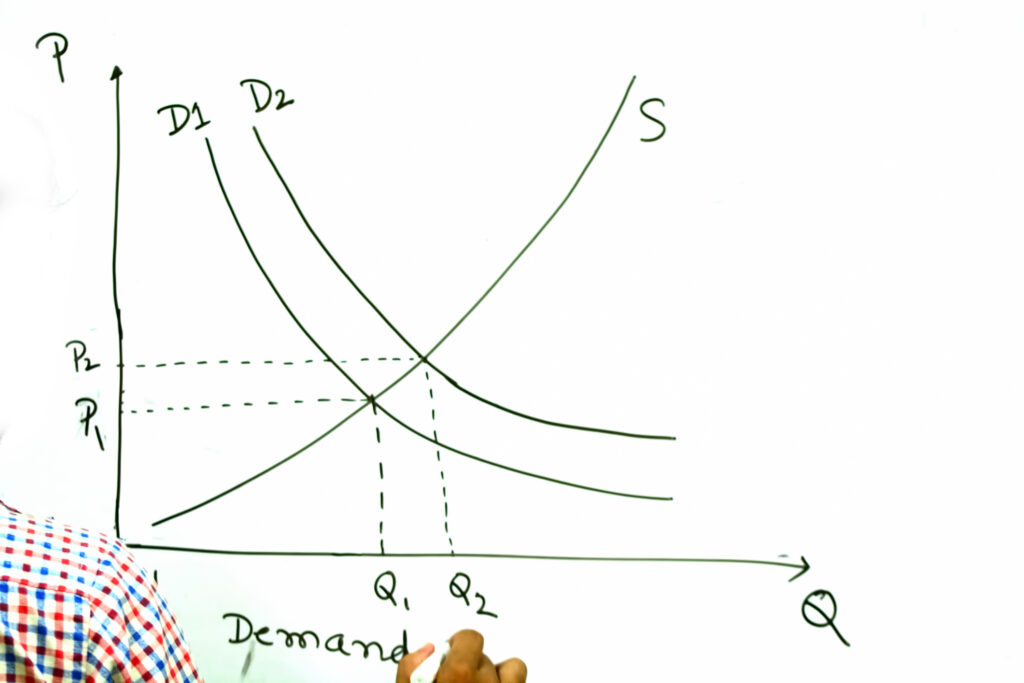
Grades 9-12
Happy EconEdMonth! Celebrate economics all month long by visiting EconEdMonth.org

Don't have an account yet? Sign up for free
Don't have an account yet? Sign up for free
Students will be able to:

In this economics lesson, students will explain how prices are set for goods and services.
Warm-Up
Ask students to raise their hand if they like to eat pizza. Tell them pizza is a very popular food in the United States, and it is estimated that we eat 350 slices every second and consume 100 acres of pizza daily. Tell students they will be learning about the market for pizza. Give each student one copy of P is for Pizza. Review the directions by explaining they have one minute to write down five things they know or like about pizza; remind them each item must start with the letter “P”. After one minute, have students share their answers with the class without repeating anything that has already been said. For fun, have the students keep count of the number of things the class identified about pizza.
Modeling
Ask students if they know how businesses set prices for their pizzas. While their answers may vary, explain that businesses use different factors to determine the price the price. Also, explain that each business can determine the price of their pizzas and how many pizzas they want to sell. Write the following vocabulary on the board:
Ask students of a name of a business that sells pizza. Ask students to identify if the business is a producer, consumer, or market. Ask students the name of someone who bought pizza. Ask students to identify if the person is a producer, consumer, or market. Ask students what it means when that person buys the pizza from the business. Is this a producer, consumer, or market?
Tell students that the amount of pizza we buy is also based on many different factors in the pizza market, but the ultimate decision for how much we are willing and able to buy is based on price. Ask students if they like to pay high prices or low prices. Explain that most buyers would rather pay less than more for any good or service. However, a business likes to sell for higher prices because it makes it easier to pay their bills or make more products. Explain that we are called demanders when we are willing and able to buy something, and that demanders prefer to pay lower prices instead of higher prices. Producers must be aware of this behavior when determining how much to charge. However, producers also know how much it costs to produce pizzas. If the price they charge is too low, they cannot pay for the materials/resources they need to make their products. But if they charge too much, fewer people will want to buy their pizzas.
The overall goal of a market is to match the demand of all buyers with the supply of all sellers. By setting the right price for the product, the market will have no shortages and no surpluses.
Tell the students that they will work together to solve the mystery of determining how much to charge.
Group Activity
Put students in small groups and distribute copies of Market Schedule for Demanders and Producers to each student. Explain that this table shows a potential market for pizzas by showing the number of pizzas demanders are willing and able to buy at a series of prices and the number of pizzas suppliers are willing and able to sell at those same prices. Remind them that the goal is to make an exchange where all buyers and all sellers are satisfied. To do this, both sides must agree on price to make an exchange. The number demanded must equal the number supplied. Ask students to find the price where the quantity demanded equals the quantity supplied ($1.50). Tell students that is called the market clearing price because everyone who wants to buy and sell can do so, with no pizzas left over. Have students complete the questions as a group. Review their answers after they have completed the activity. Use the Market Schedule for Demanders and Producers Answer Key to check for answers.
Individual Activity
Distribute copies of Market Schedule for Legos to each student. Review the directions. After each student has completed the activity, review the answers to ensure students understand the concepts. Use Market Schedule For Legos Answer Key as a reference.
Distribute copies of All About Prices Quiz to all students. Have students submit their quiz. Use the All About Prices Quiz Answer Key as a reference.
Activity 1
Tell students they will be completing an activity explaining more about demanders. Put students into small groups and give each student a copy of Demand Schedules for Pizza. Review the directions with students by telling them this activity has two parts: an individual activity and a group activity. Remind students that we are demanders when we are willing and able to buy something. So, they will start by completing a demand schedule showing how many pizzas they are individually willing and able to buy. Review the following directions to help them complete part A.
Then, put students into small groups to complete part B. Tell students they should add together the number of pizzas their group would be willing and able to buy at each price. After they have completed their group demand schedule, ask if they noticed anything about the number of pizza slices demanded. They should note that they would buy more slices as the prices dropped

Grades 9-12

Grades 6-8, 9-12

Grades 6-8, 9-12

Grades 9-12
